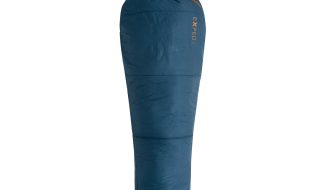Backcountry safety gear has come a long way in the last two decades, never mind since the 1600s. Even so, gear is still no substitute for education, yet it’s always worth looking at how far the sport has come. Here’s a look at some relics that have shaped the last few centuries of backcountry safety.
BC Banter: Winter Wildlands Alliance Conference, “Working for the Weekend,” Vertfest heads to Snow King, Cambridge, Mass. Avalanche
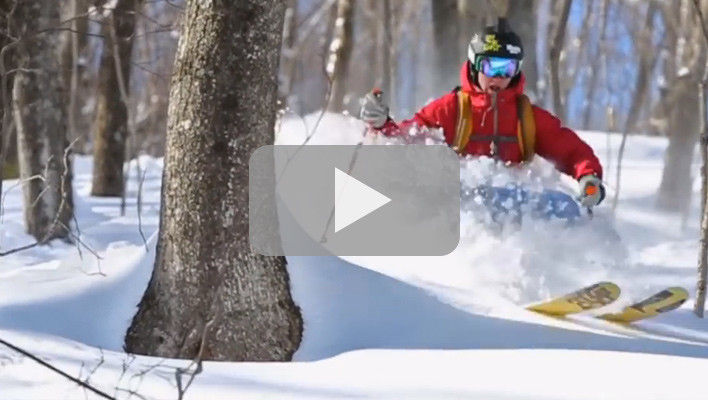
Winter Wildlands Alliance Announces Grassroots Advocacy Conference BOISE, IDAHO As of January 2015, a new federal regulation, the Over-Snow Vehicle Rule, is protecting National Forest powder stashes. Now, National Forest Units that receive regular snowfall are mandated to create winter travel management plans that include specific trails and areas for snowmobile use to conserve areas […]
Mountain Drones: In Vail and Telluride, Avalanches Could Soon be Drone-Controlled
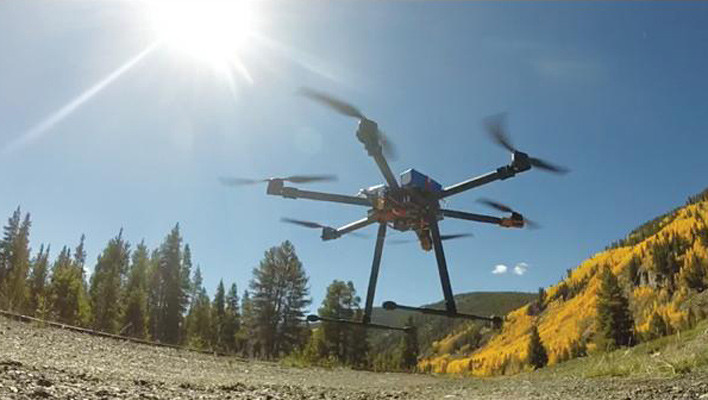
For photographers and production companies, drones have become a standard in the backcountry for capturing aerial angles without the high expenses of helicopters. But now, Mountain Drones, a Vail-based start-up company, is taking drones one step farther. The company, which started with a group of friends concerned about avy safety, is planning to use drones […]
BC Banter: Avalanche Deaths in Europe Top 75, Grand Traverse Launches Instagram Contest, Sherpas Cinema Release JP Auclair Tribute, First Lady Shreds in Aspen
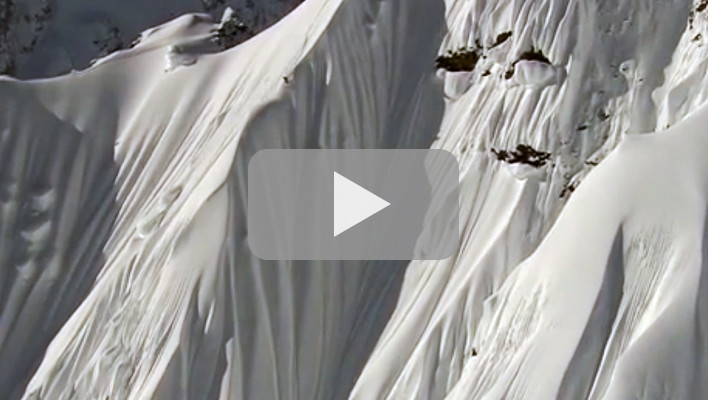
Avalanche Deaths in Europe Top 75 To date this season, avalanches have caused 75 skier deaths throughout Europe—a five-year high. Twenty-four of these occurred in France, 20 in Switzerland, 15 in Italy, 14 in Austria and two in Germany, reports wepowder.com. The latest victim, a British skier—one of three skiers killed over the weekend—died in […]
Mountain Skills: Skiing with Sharp Objects
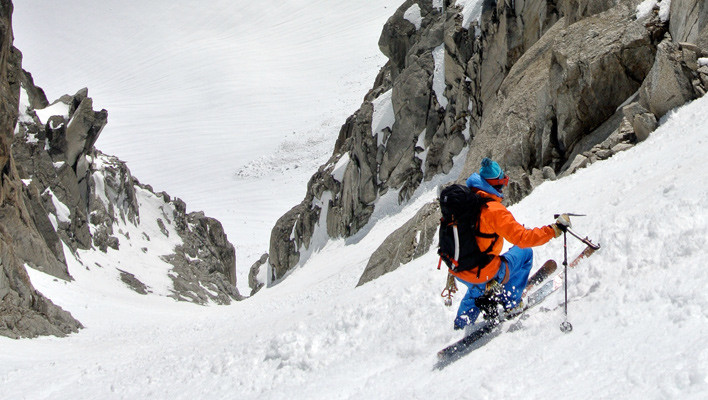
Ski crampons, boot crampons and a simple ice axe should be a part of every backcountry skier’s kit. You won’t need them everyday, but knowing when and how to use them can greatly improve security and enjoyment. Here’s how.
BC Banter: Avalanche Canada Adds Crowdsourcing Feature to App, SCARPA Issues Voluntary F1 Evo Recall, Eight Die in Swiss Avalanches, Slide Suspends Freeride World Tour in Austria
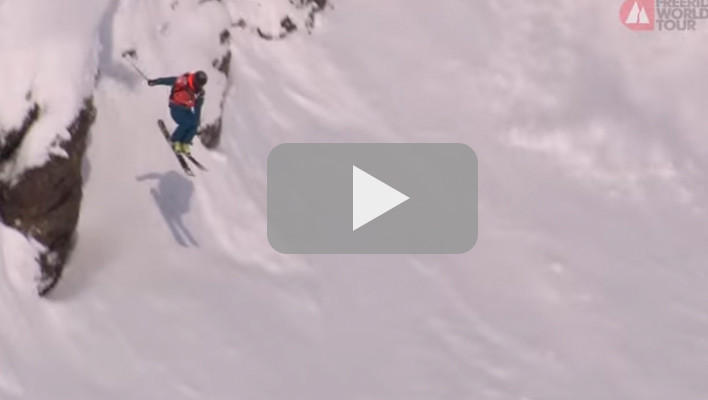
Avalanche Canada Adds Crowdsourcing Feature to App Revelstoke, B.C. Avalanche Canada—previously known as the Canadian Avalanche Centre—added a significant update to their free avalanche app, available for Android and iPhone. The upgrade allows users to post real-time observations, photos and comments via the crowdsourced Mountain Information Network (MIN). These geo-tagged MIN postings display on both […]
Book Beta: Andy Sovick on his guidebooks, Project Zero and protecting local spots

Andy Sovick, Colorado native and owner of the guidebook company Off-Piste Ski Atlas LLC, has produced two books since 2013, “The Essential Guidebook for Backcountry Skiing: Crested Butte” and the same titled book for Silverton. In his books, he’s careful to strike the balance between helping skiers explore the backcountry and spilling local secrets. “Instead of talking about keeping places a secret, we should be talking about how to keep everyone traveling well, smart and safe,” Sovick says. “It’s only going to get more crowded, whether or not there’s guidebooks.”
Salomon and Atomic to Launch Safety-Focused “Mountain Academy”

At last month’s Outdoor Retailer trade show, Salomon and Atomic announced plans to launch an online, backcountry education platform dubbed Mountain Academy. The program, set to debut at the end of this summer, will feature online courses and videos focusing on backcountry and avalanche safety and created in conjunction with the American Institute for Avalanche Research and Education (AIARE), Avalanche Canada and U.S.-based avalanche centers.
Scarpa Issues Voluntary F1 Evo Recall
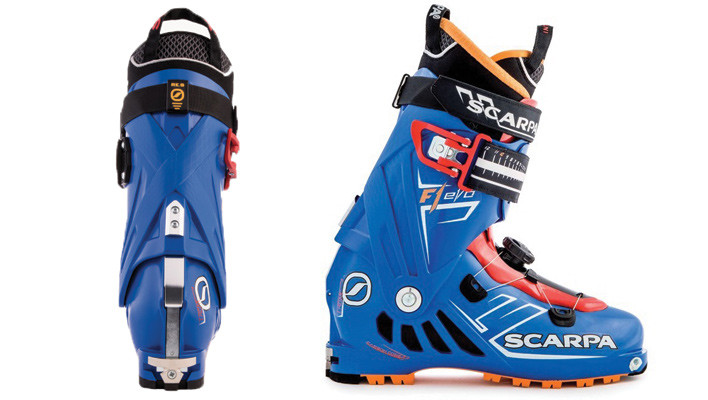
Today, Italian AT and telemark boot manufacturer SCARPA issued a voluntary recall for their new F1 Evo ski boot. The AT boot features SCARPA’s patented “Tronic System,” which automatically switches from walk to ski mode when engaged in a pin-tech binding. According to SCARPA, under certain conditions, the mechanism can unexpectedly switch from ski to walk mode while locked into a binding. For the full details on the recall, here’s the official word from SCARPA.
BC Banter: Avalanche in French Alps Kills Six, Vertfest Backcountry Festival, The East’s Epic Weather, SIA Snow Show

Six experienced French skiers—four men and two women, between ages 50 and 70—were killed in a massive avalanche while traversing alpine terrain on the border of Italy and France on January 24. “When they set off, the sky was clear and the risk of avalanche estimated at 3 out of 5,” Haute-Alpes chief officer Pierre Besnard told the British news outlet, Mirror. Their bodies were recovered early the following morning at 8,000 feet, reports International Business Times.







